Crisa Santos designs spiritual landmarks in São Paulo park

Brazilian architect Crisa Santos has designed a series of sculptural buildings and memorials that combine nature, spirituality and material in the Jardim Ângela in São Paulo. Rethinking the cemetery as a public space, while respecting the needs of grievers, Santos’ open-air gallery named the Parque das Cerejeiras Memorial covers an area of 300,000 sq m and aims to be uplifting and welcoming to all.
At the heart of the cemetery is the most traditional element – a modern timber chapel with an exposed structural roof. Inside, design pieces by Sergio J. Matos and works of art by Alessandra Bufe create a peaceful atmosphere for contemplation. Something new for the region, is an ash memorial that reconfigures the traditional columbarium, a place with niches where urns can be stored, featuring a vertical formation with an open room for the ashes.
Many other parts of Santos’ design are slightly more unconventional for a cemetery. Near to the chapel, the Guarapiranga dam is a podium of curved benches inspired by the shape of orchids. Meanwhile, a wooden open-air conservatory is shaped like a ‘hug’. The bathroom pavilion is made of Corten steel, designed to complement its natural environment through patina and colour. While beautiful, these practical elements allow people to stay longer and enjoy the cemetery as they would a public space.
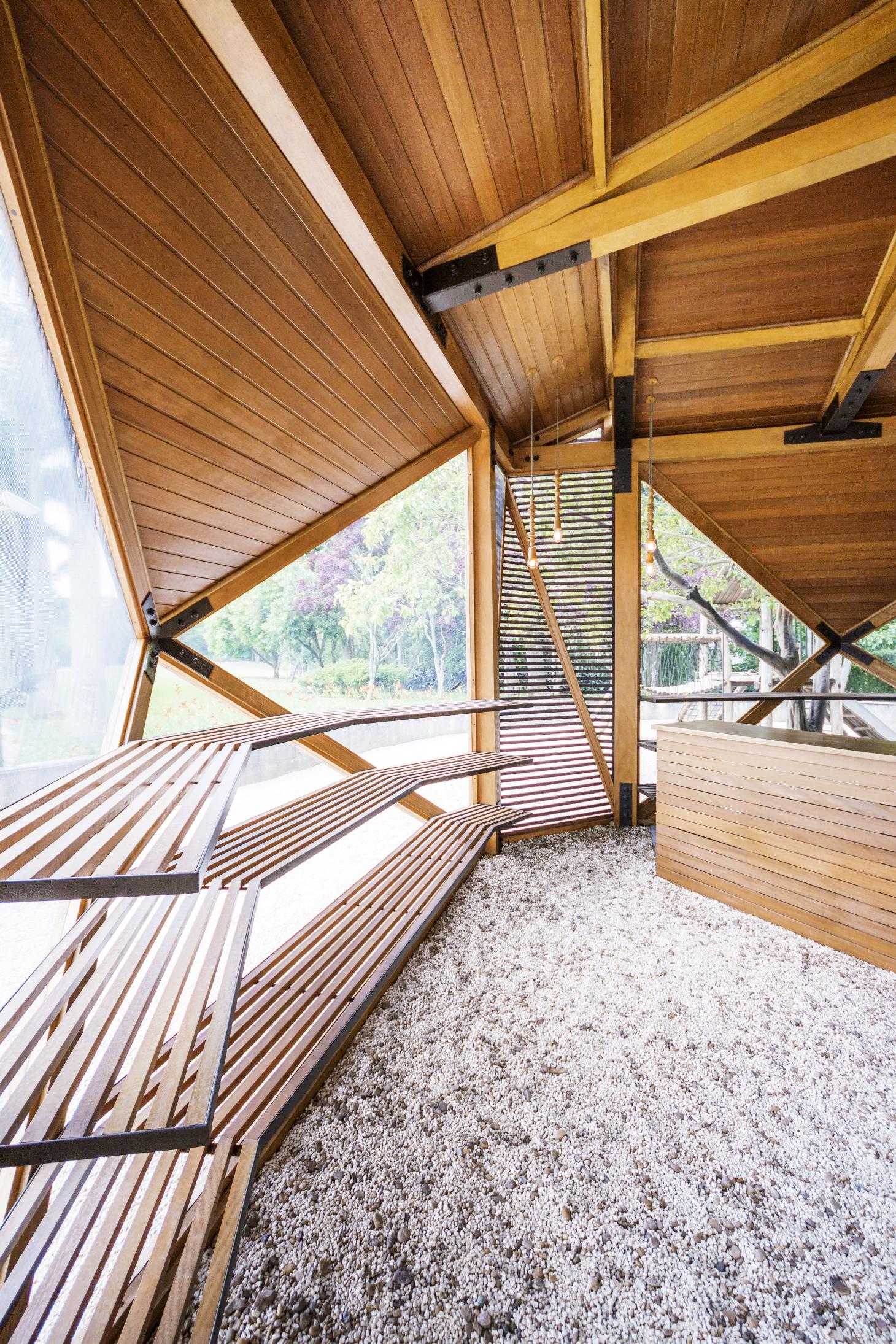
Crisa Santos’ new ash memorial for urns to be stored
Santos describes her work as an ‘architecture of feeling’ inspired by the philosopher Martin Heidegger’s theories of combining building and habitat, and bringing ‘soul’ physically and psychologically to the built environment. Part of her design process involved speaking to mourners, to empathise and understand how cemeteries are used today and how they could be improved. She wanted to celebrate mourning as an important part of living and the community.
Sixteen sculptures made with locally grown eucalyptus by artist Hugo França are distributed across the whole site, creating direction for wandering people, inspiring conversation and a visual rhythm across the park. Santos designed a sculpture herself for the memorial, the Square of Eternity. Nature and landscape, and the concept of a return to nature, plays an important role across the design.
Throughout her life Santos has travelled the world, learning about different approaches to death across religions and cultures. Her own experience allowed her to empathise with the individual experience of mourning. ‘Over the years, I developed the way I approached death. For some time now, I have interpreted it as a continuity: everything survives’, says Santos.

Sheltered curved timber benches overlooking the landscape
‘In addition to the religious and spiritual side, I also expanded my knowledge with professionals such as geriatricians, psychiatrists and psychologists in order to understand the grieving process. I wanted, from conversations and research, to understand how the mourners want to be supported, and how mourning can be taken care of,’ she says.
Her findings showed that there was a need for comfort and optimism in spaces of mourning, which is what her park design reflects – from the warm colours of the Corten and natural timber, to the softly sculpted pathways that meander through the landscape. The Parque das Cerejeiras Memorial now occupies a space at the heart of its community – where social and sports events, and even wedding photographs take place. Her intention for the garden to become a part of life has been achieved.
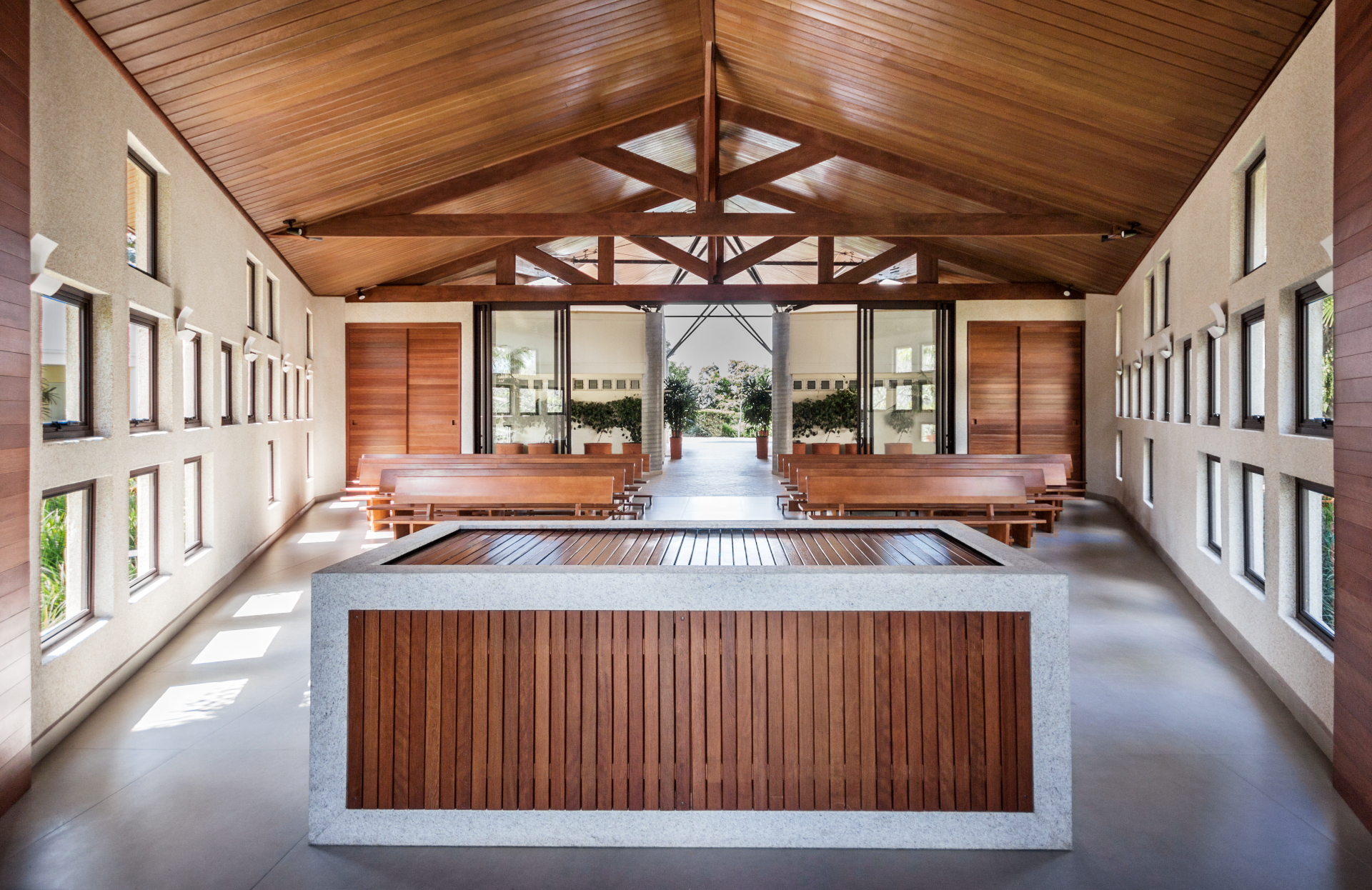

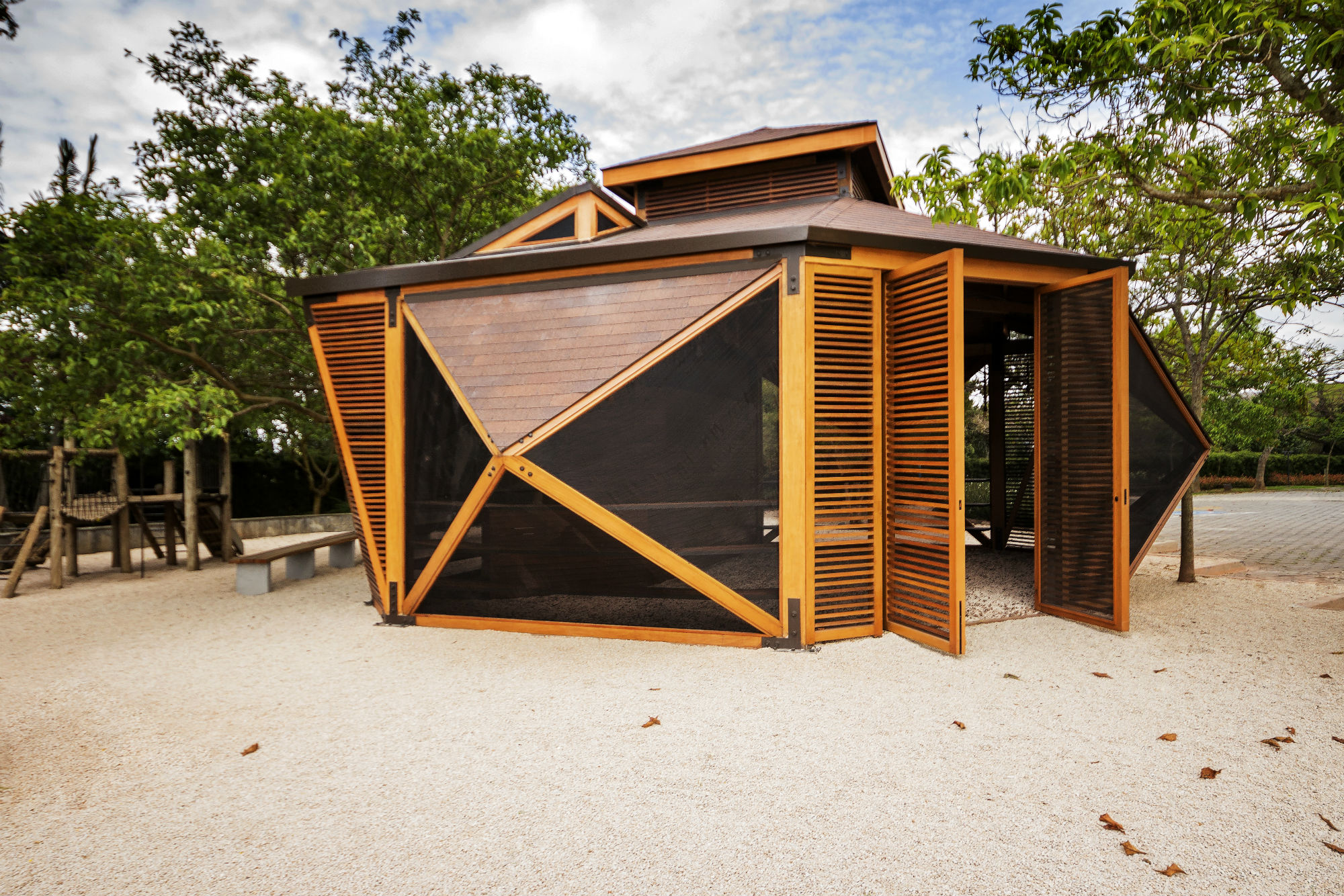

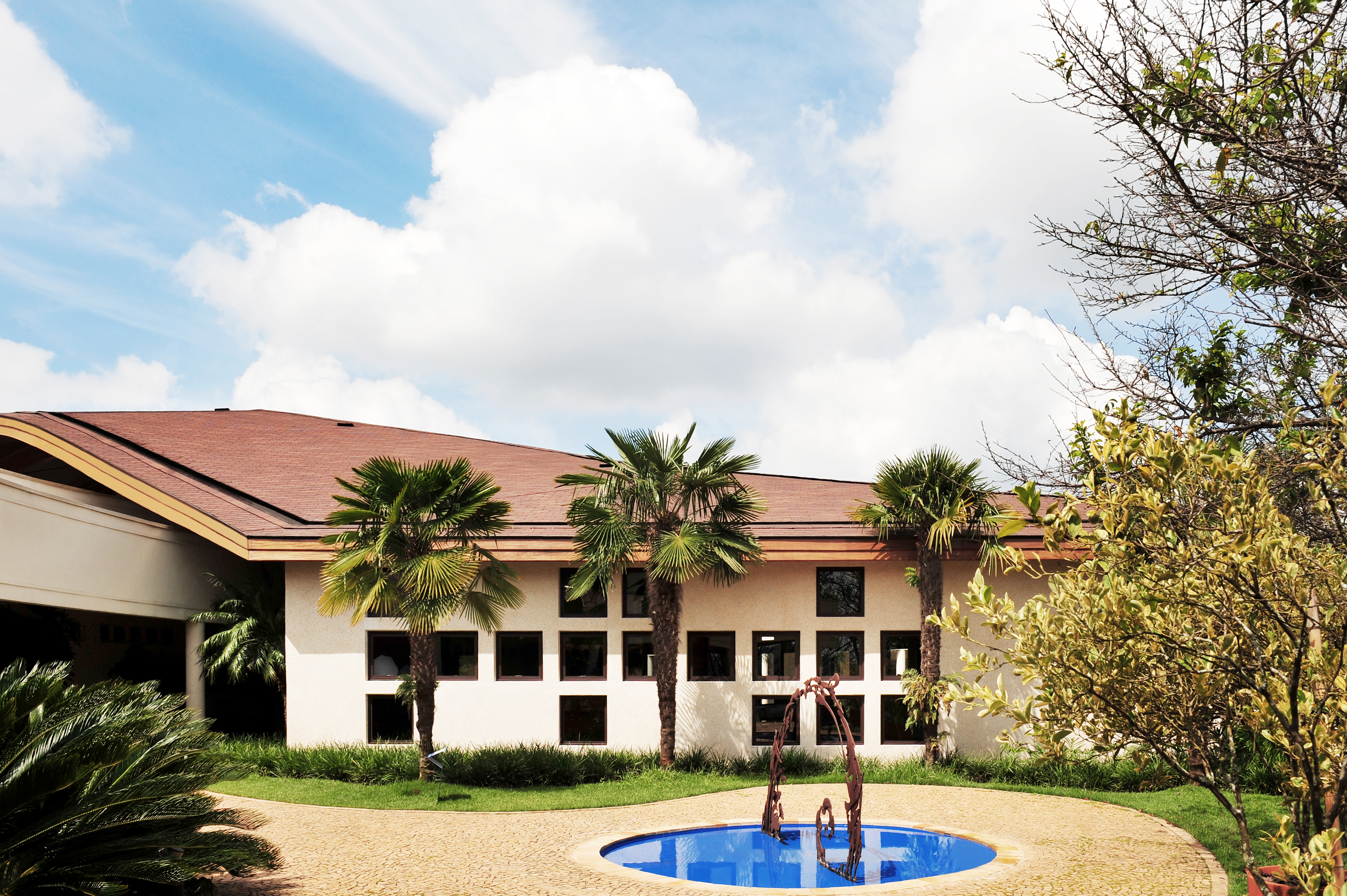
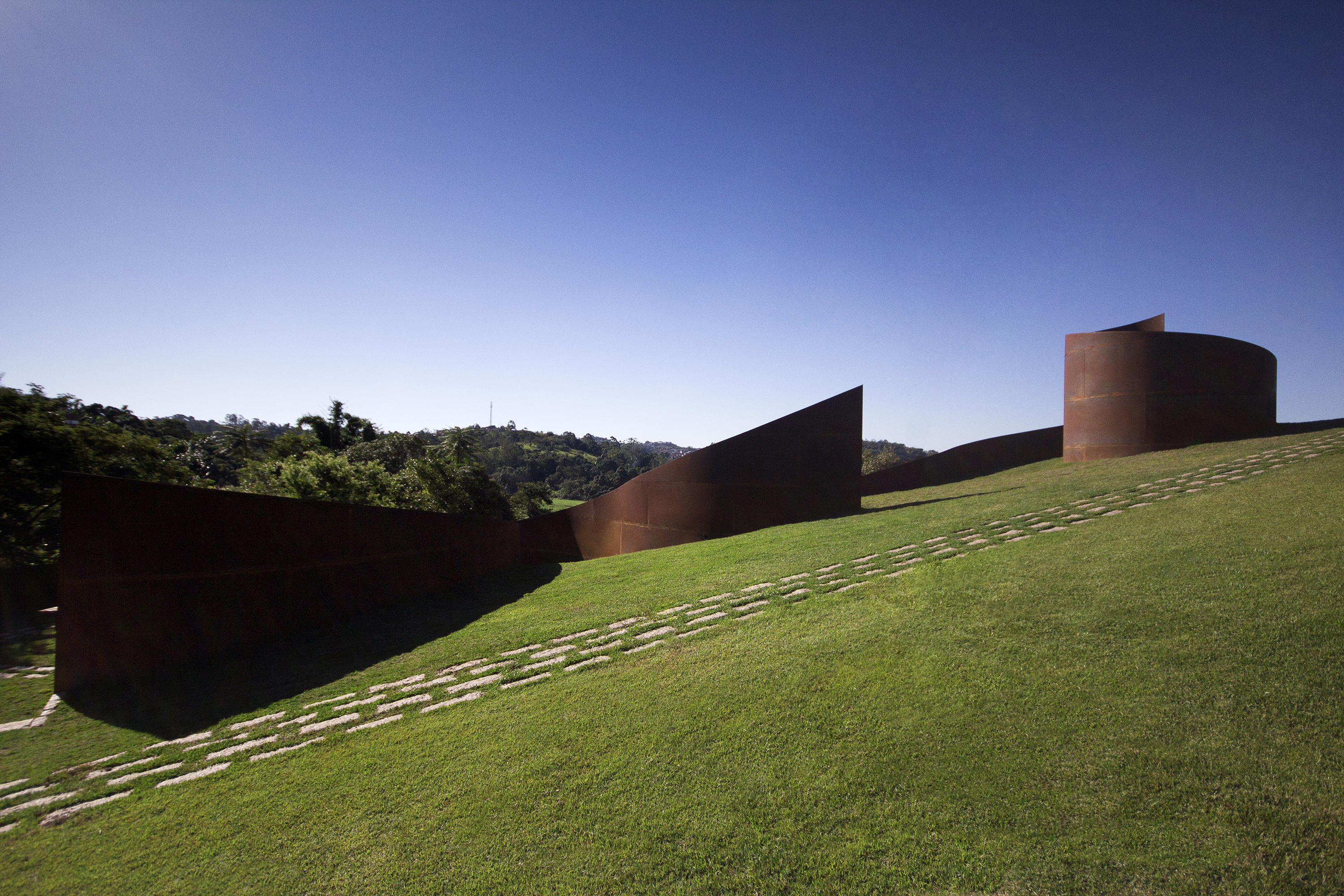
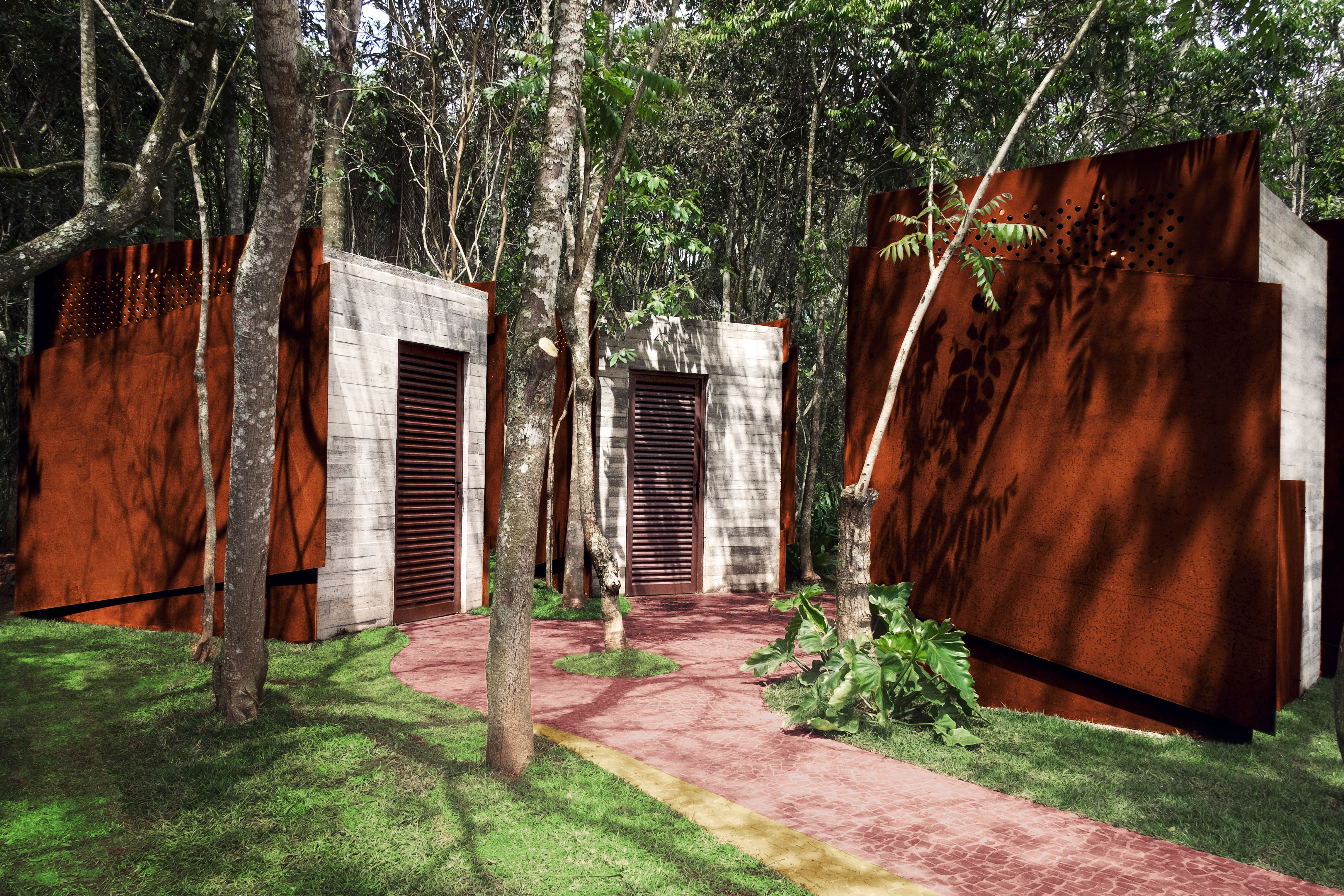
INFORMATION
For more information, visit the Crisa Santos Arquitetos website
Receive our daily digest of inspiration, escapism and design stories from around the world direct to your inbox.
Harriet Thorpe is a writer, journalist and editor covering architecture, design and culture, with particular interest in sustainability, 20th-century architecture and community. After studying History of Art at the School of Oriental and African Studies (SOAS) and Journalism at City University in London, she developed her interest in architecture working at Wallpaper* magazine and today contributes to Wallpaper*, The World of Interiors and Icon magazine, amongst other titles. She is author of The Sustainable City (2022, Hoxton Mini Press), a book about sustainable architecture in London, and the Modern Cambridge Map (2023, Blue Crow Media), a map of 20th-century architecture in Cambridge, the city where she grew up.
-
 Usher opens up about breakfast playlists, banana pudding and why a glass tumbler is always on his rider
Usher opens up about breakfast playlists, banana pudding and why a glass tumbler is always on his riderOn the heels of a collaboration with Baccarat, the Grammy-winning singer-songwriter breaks down his entertaining tips. 'Hosting is an expression of how you feel about your guests and also who you are.'
-
 The beauty trends that will define 2026, from ultra-niche fragrances to anti-ageing dental care
The beauty trends that will define 2026, from ultra-niche fragrances to anti-ageing dental careAs we enter the new year, we speak to experts in fragrance, skincare, aesthetics, wellness and more about the trends that will be shaping the way we look
-
 The most stylish hotel debuts of 2025
The most stylish hotel debuts of 2025A Wallpaper* edit of this year’s defining hotel openings. Design-led stays to shape your next escape
-
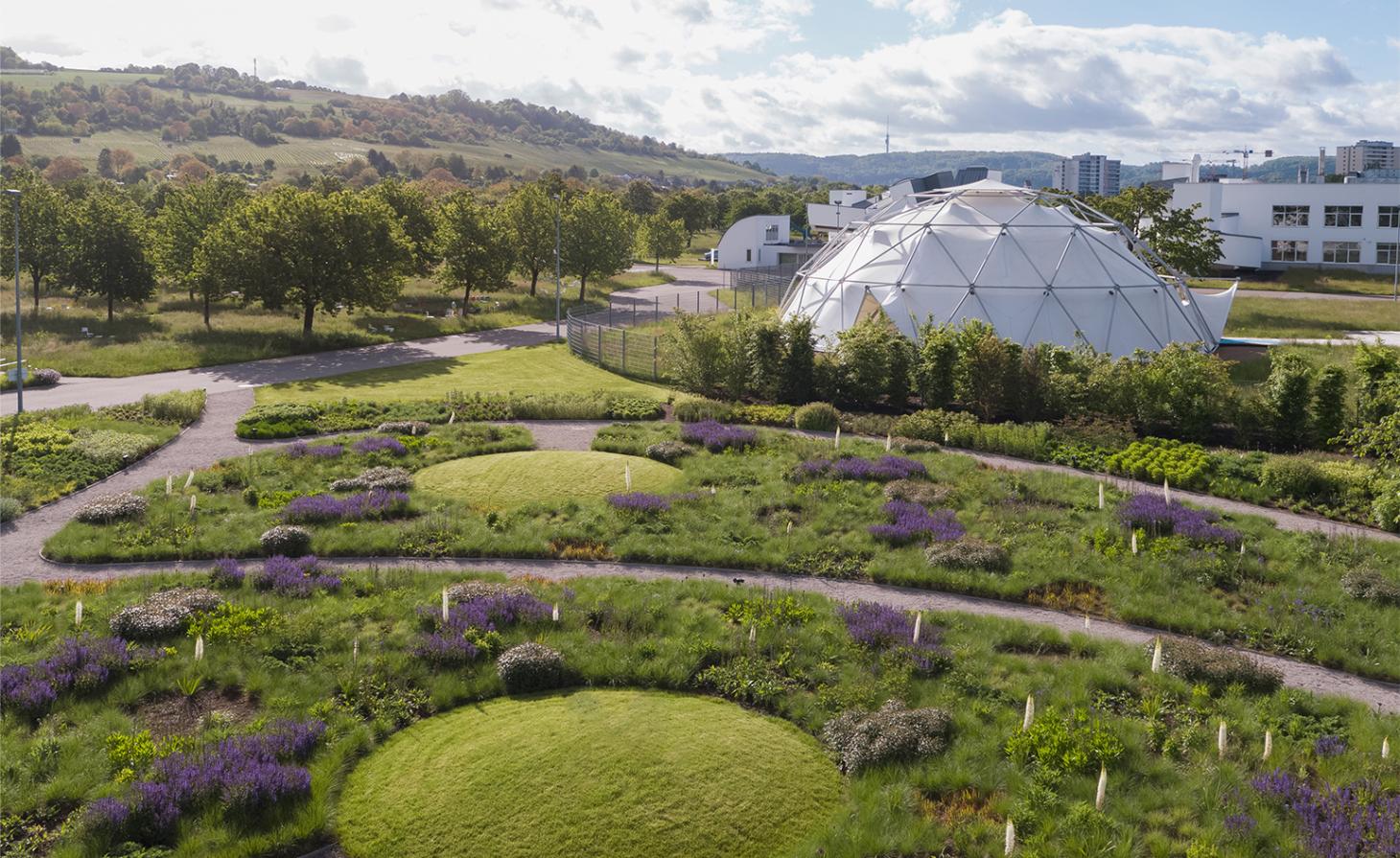 Piet Oudolf is the world’s meadow-garden master: tour his most soul-soothing outdoor spaces
Piet Oudolf is the world’s meadow-garden master: tour his most soul-soothing outdoor spacesPiet Oudolf is one of the most impactful contemporary masters of landscape and garden design; explore our ultimate guide to his work
-
 A spectacular new Brazilian house in Triângulo Mineiro revels in the luxury of space
A spectacular new Brazilian house in Triângulo Mineiro revels in the luxury of spaceCasa Muxarabi takes its name from the lattice walls that create ever-changing patterns of light across its generously scaled interiors
-
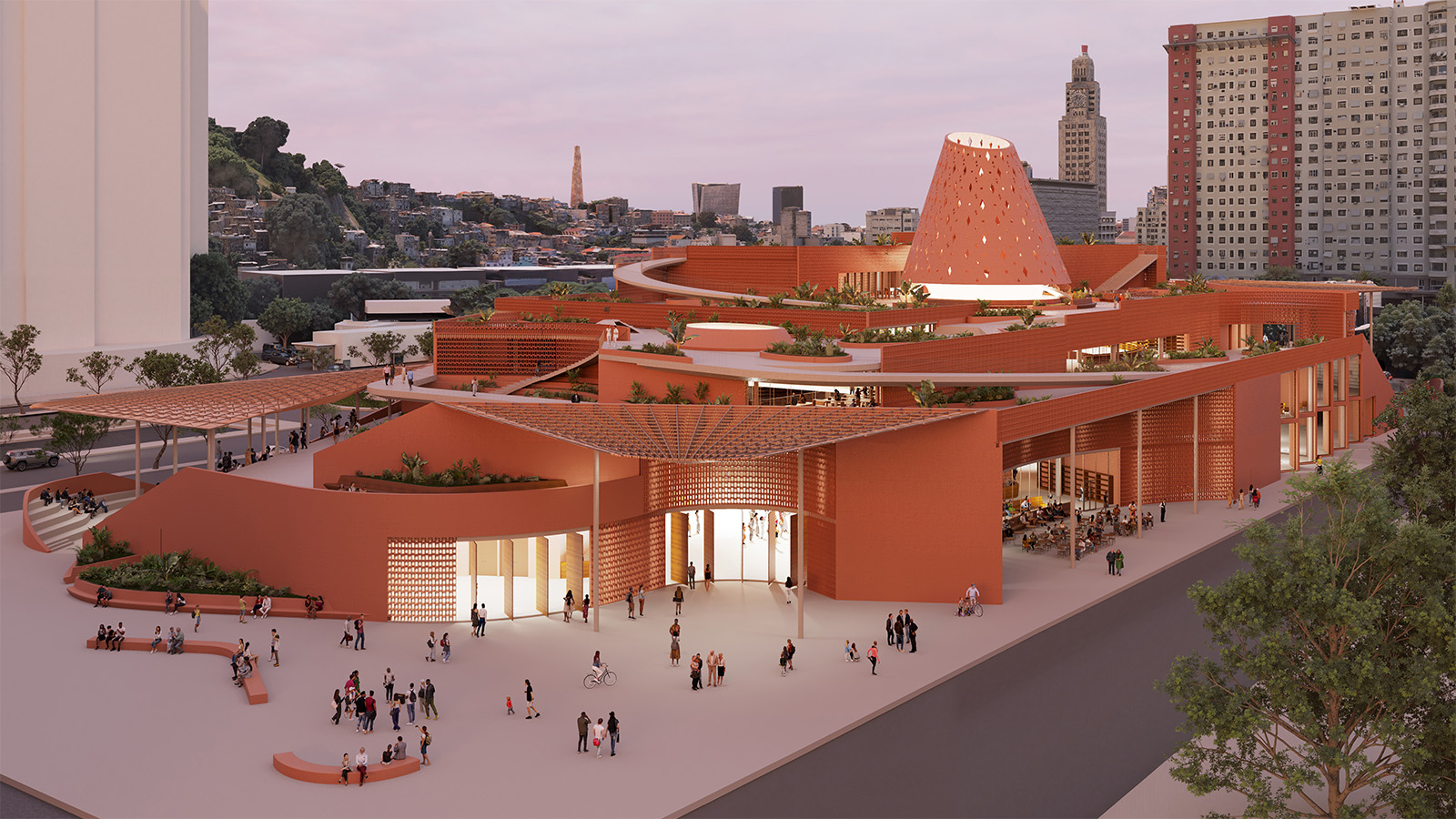 An exclusive look at Francis Kéré’s new library in Rio de Janeiro, the architect’s first project in South America
An exclusive look at Francis Kéré’s new library in Rio de Janeiro, the architect’s first project in South AmericaBiblioteca dos Saberes (The House of Wisdom) by Kéré Architecture is inspired by the 'tree of knowledge', and acts as a meeting point for different communities
-
 A Brasília apartment harnesses the power of optical illusion
A Brasília apartment harnesses the power of optical illusionCoDa Arquitetura’s Moiré apartment in the Brazilian capital uses smart materials to create visual contrast and an artful welcome
-
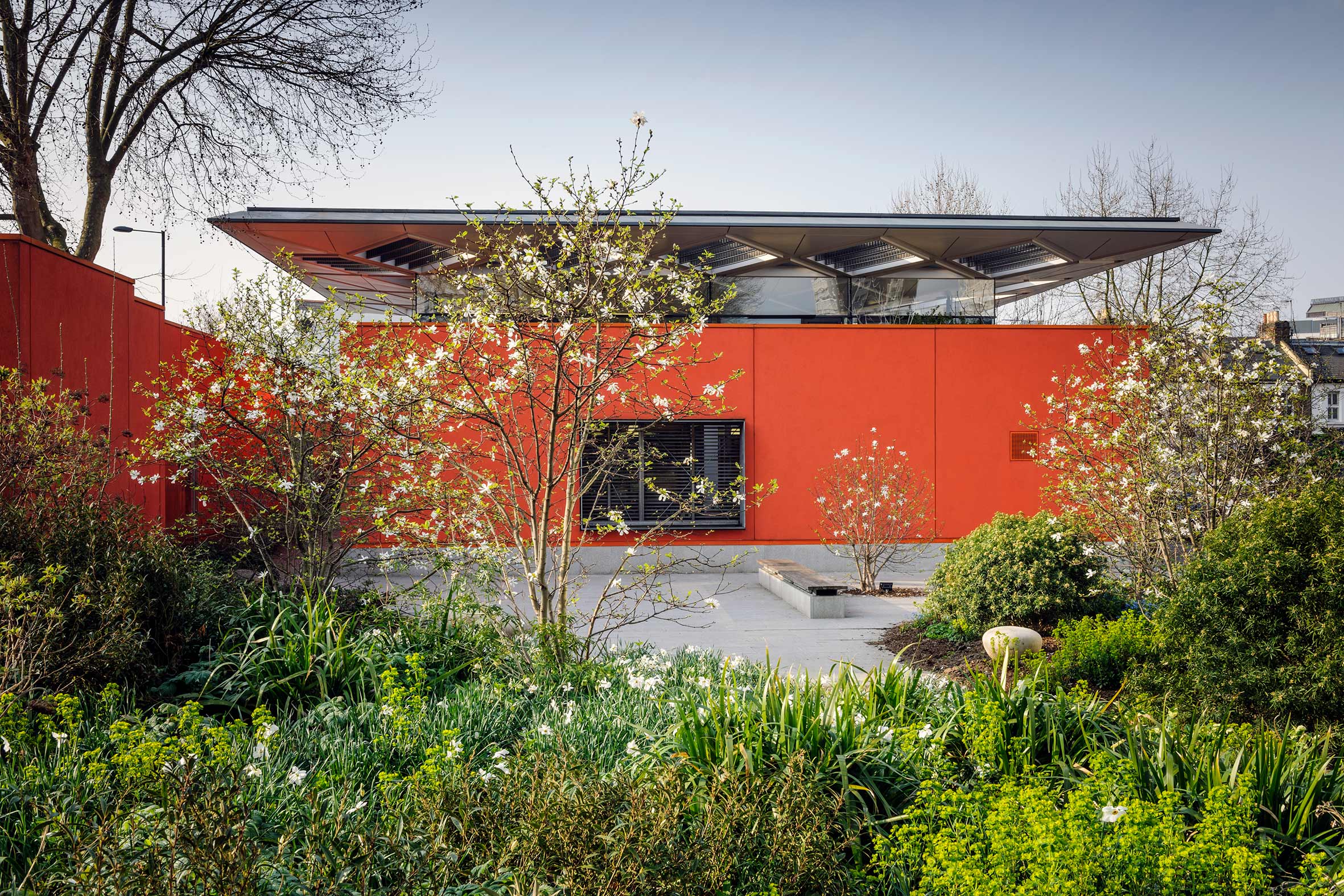 How Maggie’s is redefining cancer care through gardens designed for healing, soothing and liberating
How Maggie’s is redefining cancer care through gardens designed for healing, soothing and liberatingCancer support charity Maggie’s has worked with some of garden design’s most celebrated figures; as it turns 30 next year, advancing upon its goal of ‘30 centres by 30’, we look at the integral role Maggie’s gardens play in nurturing and supporting its users
-
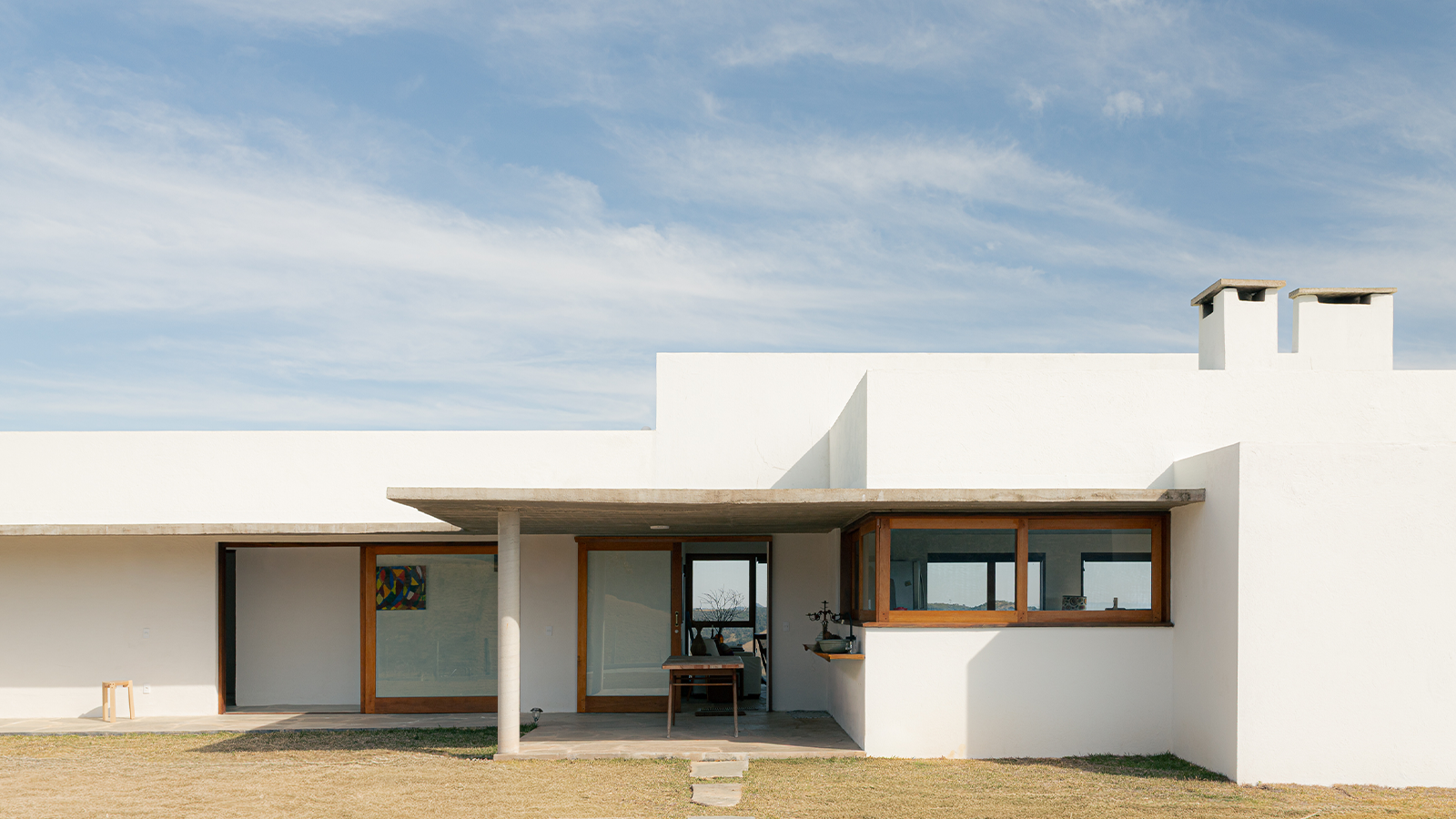 Inspired by farmhouses, a Cunha residence unites cosy charm with contemporary Brazilian living
Inspired by farmhouses, a Cunha residence unites cosy charm with contemporary Brazilian livingWhen designing this home in Cunha, upstate São Paulo, architect Roberto Brotero wanted the structure to become 'part of the mountains, without disappearing into them'
-
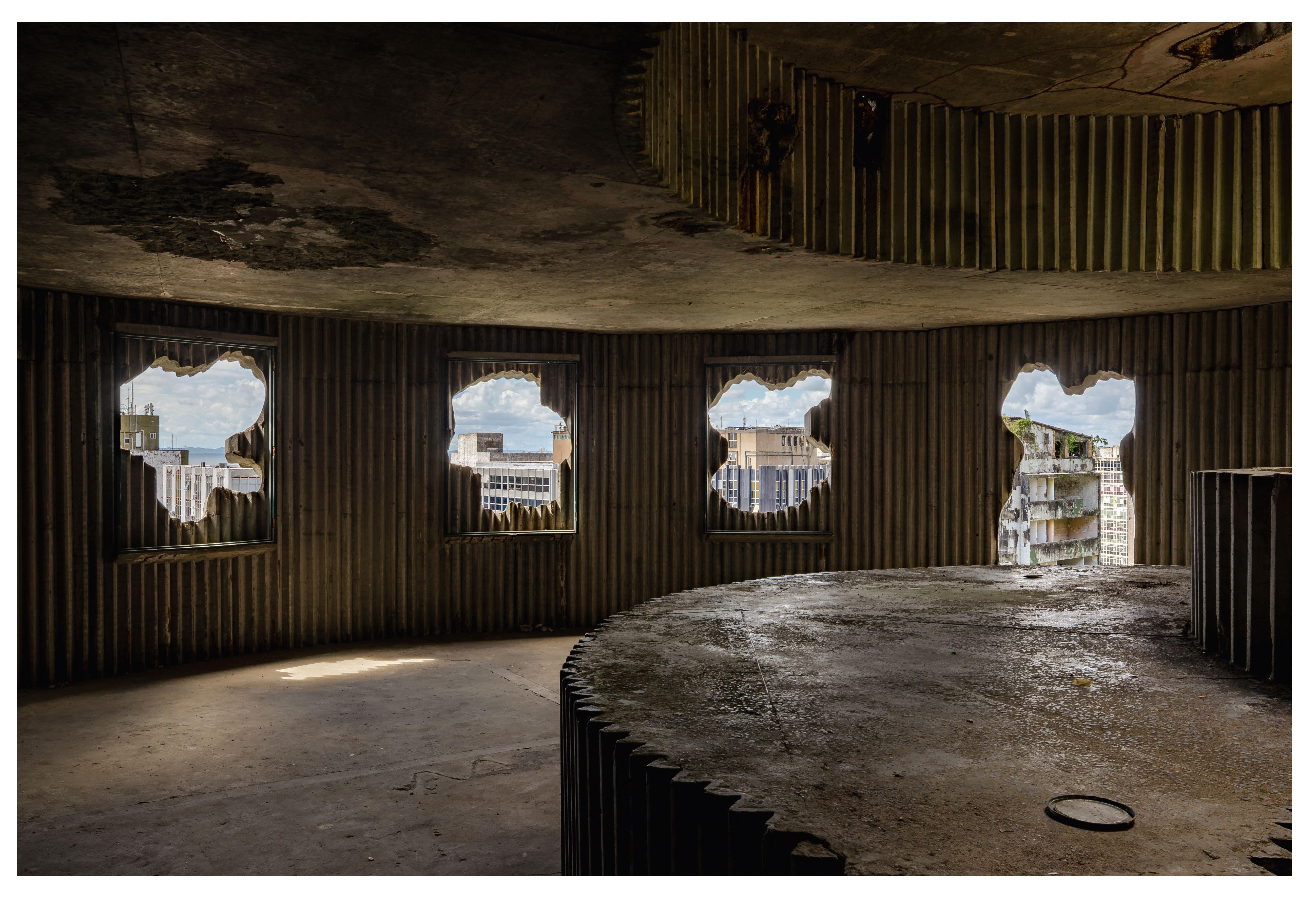 Arts institution Pivô breathes new life into neglected Lina Bo Bardi building in Bahia
Arts institution Pivô breathes new life into neglected Lina Bo Bardi building in BahiaNon-profit cultural institution Pivô is reactivating a Lina Bo Bardi landmark in Salvador da Bahia in a bid to foster artistic dialogue and community engagement
-
 Tropical gardens envelop this contemporary Brazilian home in São Paulo state
Tropical gardens envelop this contemporary Brazilian home in São Paulo stateIn the suburbs of Itupeva, Serena House by architects Padovani acts as a countryside refuge from the rush of city living